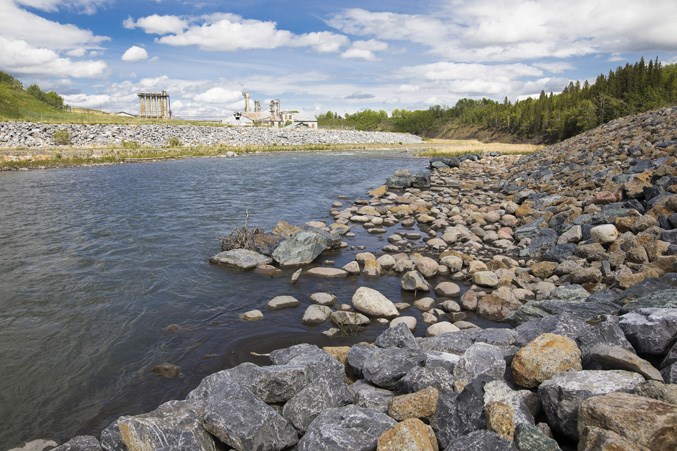Outdoor water restrictions could become the norm for those living and working in Black Diamond and Turner Valley. The two Towns are working together to align their water conservation bylaws with preservation in mind five years after they began sharing services from the Turner Valley water treatment plant. “We don’t know what that’s going to be yet,” said Heather Thomson, manager of legislative services in Turner Valley. “It will be conservation focused.” Black Diamond’s water treatment plant and most of the wells in both towns were wiped out during the southern Alberta flood in June 2013. Both municipalities have been under water restrictions since the flood. So far, the water treatment plant has recovered only 65 per cent of its water supply. In 2016, the Sheep River Regional Utility Corporation (SRRUC) was established as a partnership between the two towns, MD of Foothills and Longview to operate the supply, treatment and transmission of drinking water. The communities purchase their water from the corporation based on usage. Water bylaws in both communities have three levels. Level I, which the towns haven’t been on since before the flood, places voluntary restrictions on outdoor water use. Level II, which both towns are currently on, restricts outdoor watering to certain days of the week at certain times. Level III restricts all outdoor water use and is often used in emergency situations, Thomson said. Thomson expects the upcoming changes will result in removing voluntary water restrictions. “Water conservation is important nowadays,” she said. “We have to take care of our environment and part of it is conserving water. Residents in Turner Valley have been doing it for so long on a voluntary basis they’ve gotten pretty used to it because of our staggered water rates in our utility bylaw.” Residents pay a fixed rate and additional costs depending on water use for each billing cycle, she said. “The less water you use the less you pay,” she said. “That’s one of the reasons why our residents are so diligent about conserving water is the staggered water rates and they’ve been doing that since 2011. It really got the residents of Turner Valley on board with conserving water.” Sharlene Brown, Black Diamond chief administrative officer, said Level I hasn’t been issued since the flood because the amount of water going to the raw-water reservoir from wells and the infiltration gallery is still not the same level as was sourced to the two towns before the flood. “We’re still working on flood recovery and until we get the infrastructure that was lost and to the licensed capacity we have to stay at Level II,” she said. In the meantime, the Towns are looking at water conservation collaboratively, she said. “Both administrations are currently reviewing the bylaw to ensure it still meets the needs and desires of the community and the water system,” she said. Work recently began on a direct intake and stilling basin in the Sheep River in the southwest corner of the water reservoirs, which is expected to bring water catchment to pre-flood levels, according to SRRUC acting CEO Harry Riva-Cambrin. The project is expected to be completed this fall. Riva-Cambrin said water would be pumped from the river into the basin to allow solids to settle out before it’s pumped into the main reservoir. Most of the costs of the project will be covered by the Province’s Disaster Recovery Plan funding and he expects approximately $40,000 of it will be paid by the municipalities. Once the project is complete, Riva-Cambrin said SRRUC will have the ability to access full licences. While the raw water reservoir is currently full, it’s the inability to access full licences with the current water wells and infiltration gallery that’s keeping the water restrictions in both towns at Level II, he said. “It’s not as easy to fill the reservoir so we have to be more cautious about it,” he said. Riva-Cambrin said water restrictions are issued based on the level of the raw water reservoir. If it drops below 70 per cent capacity, the next level of restrictions is issued, he said. As for the future of water restrictions and conservation in Black Diamond and Turner Valley, Riva-Cambrin said he expects them to be more in line with the province. “For instance, Okotoks is always in conservation mode,” he said. “Level II is more standard practice than what happened in the past.” He said the restrictions, or conservation, reduces usage in a rising population and, therefore, keeps water treatment costs under control.



.JPG;w=120;h=80;mode=crop)
